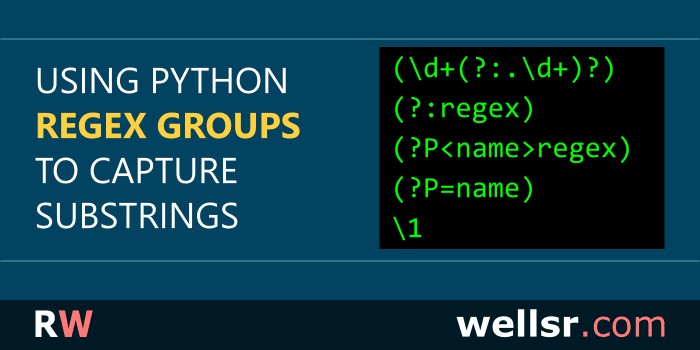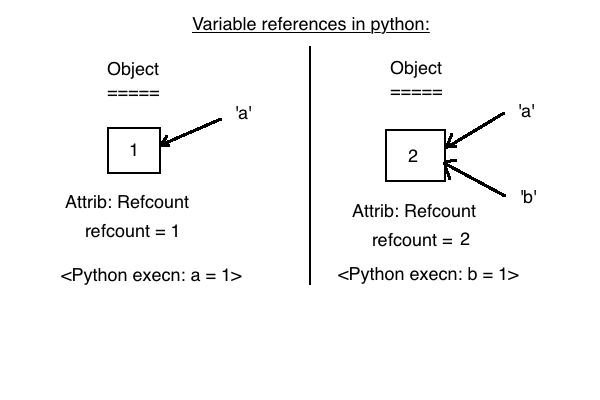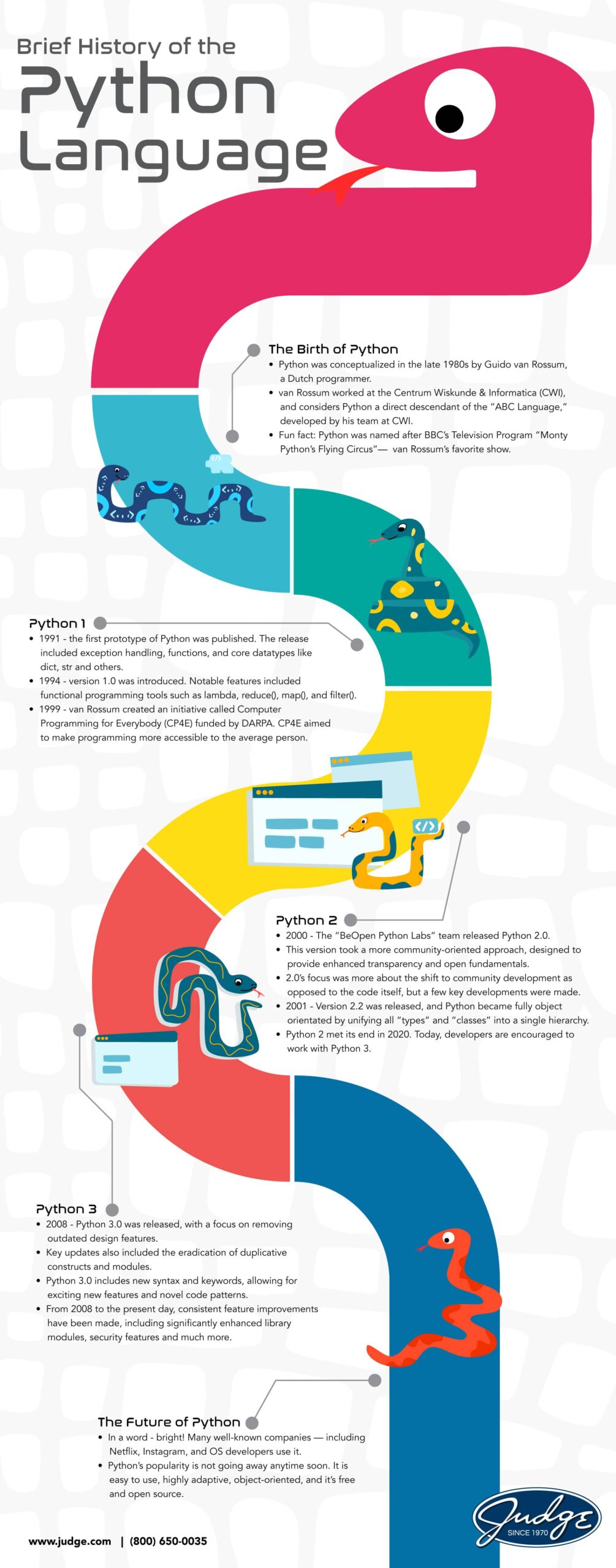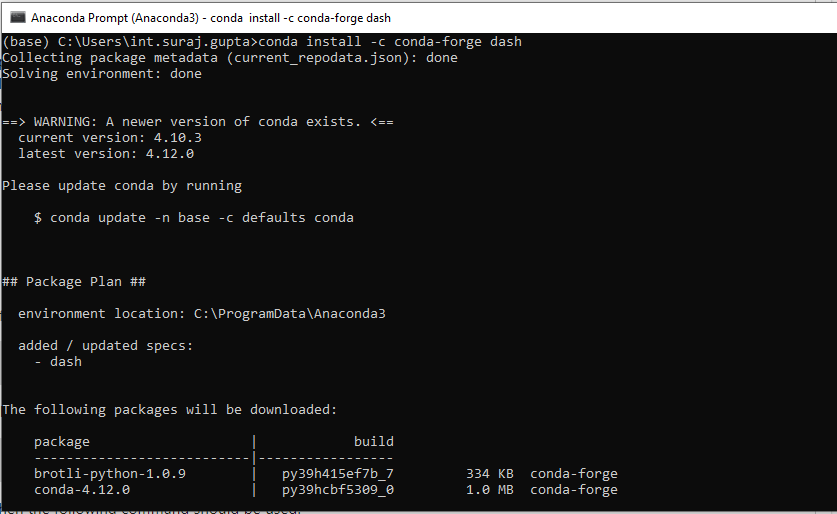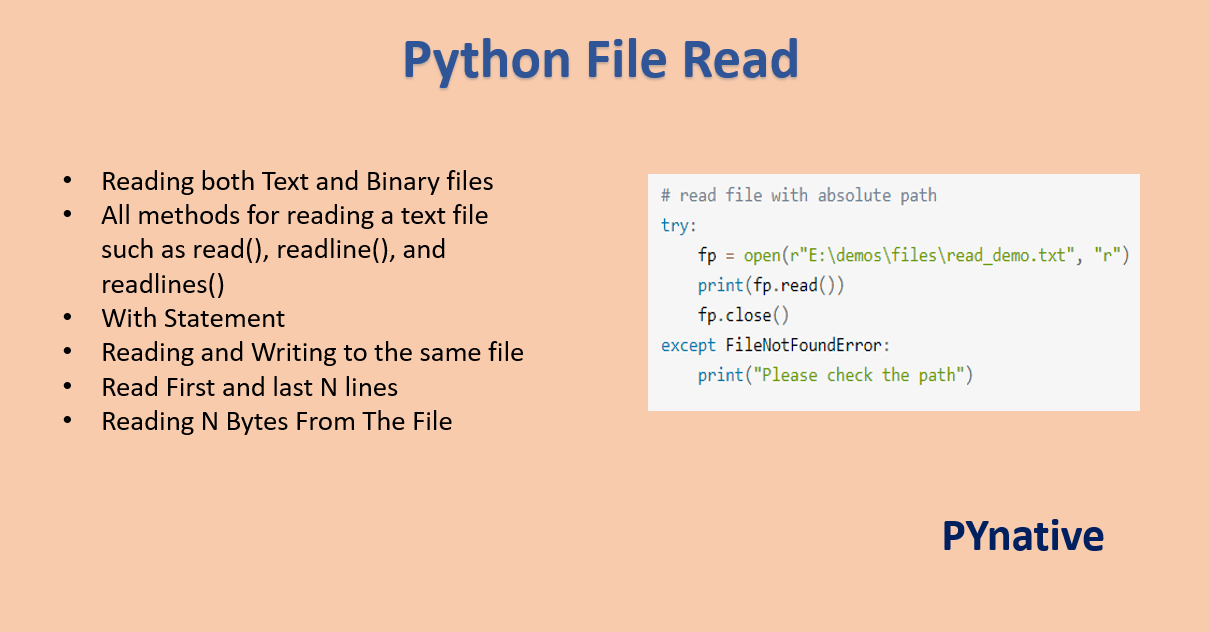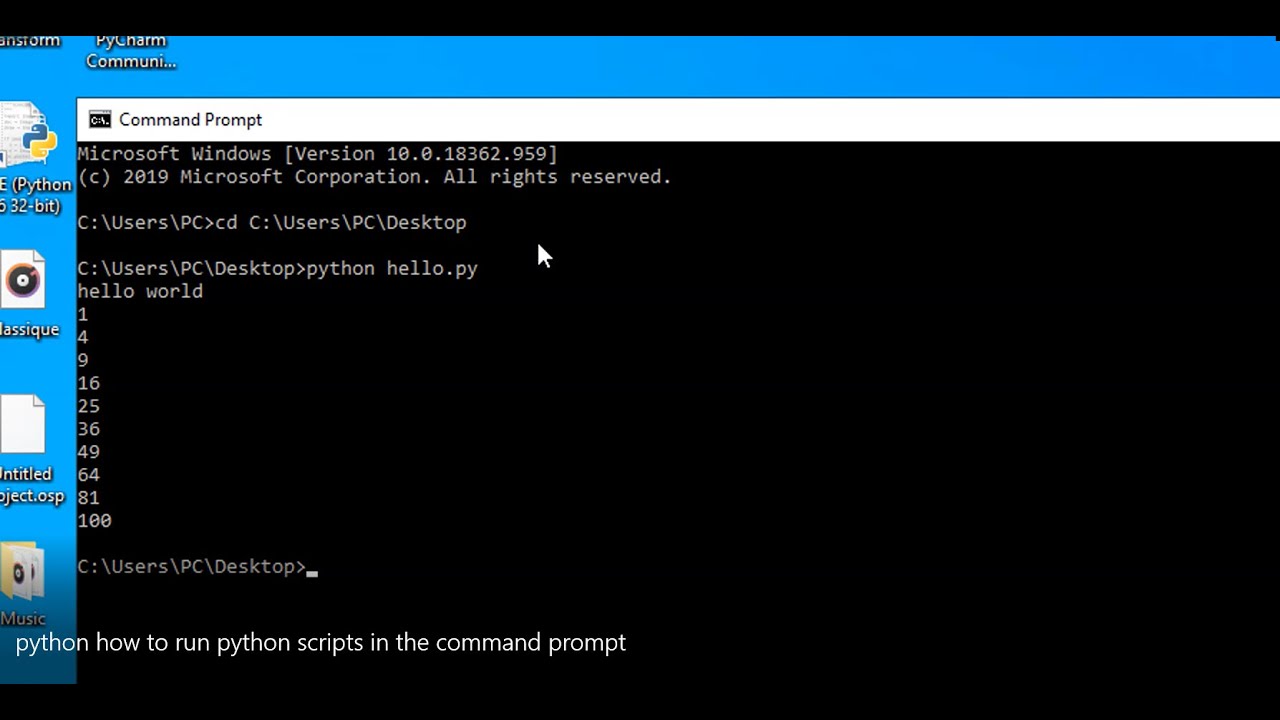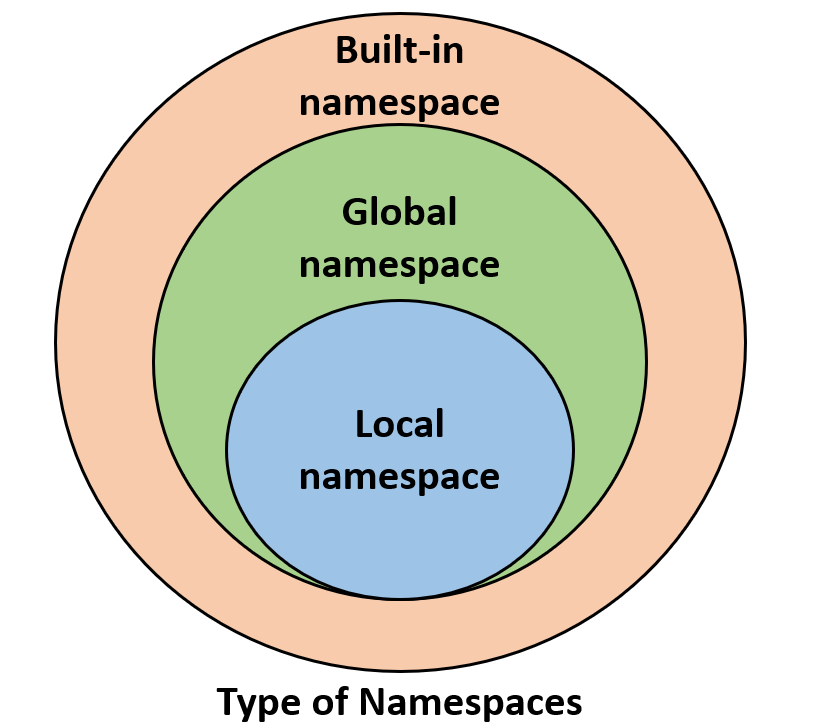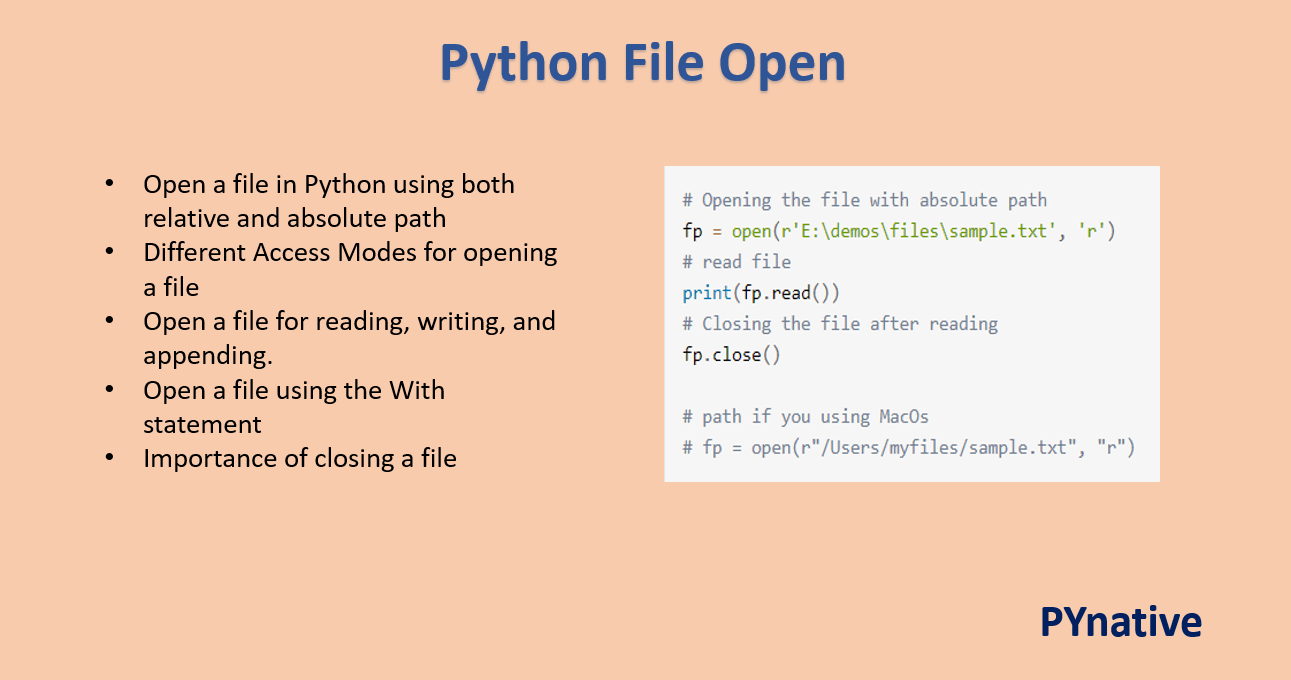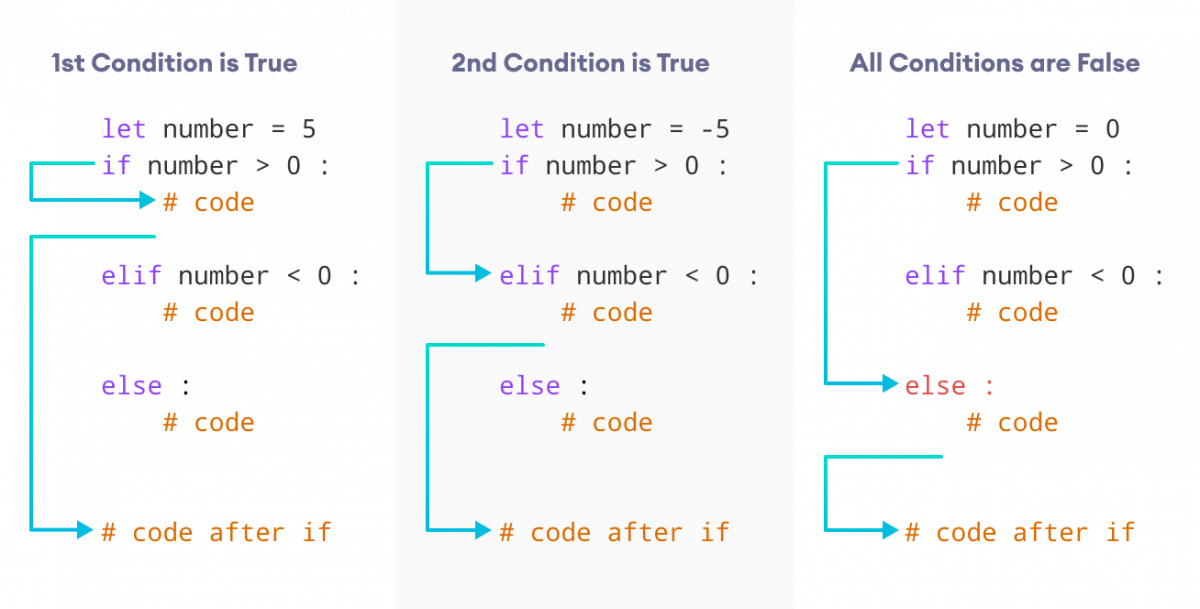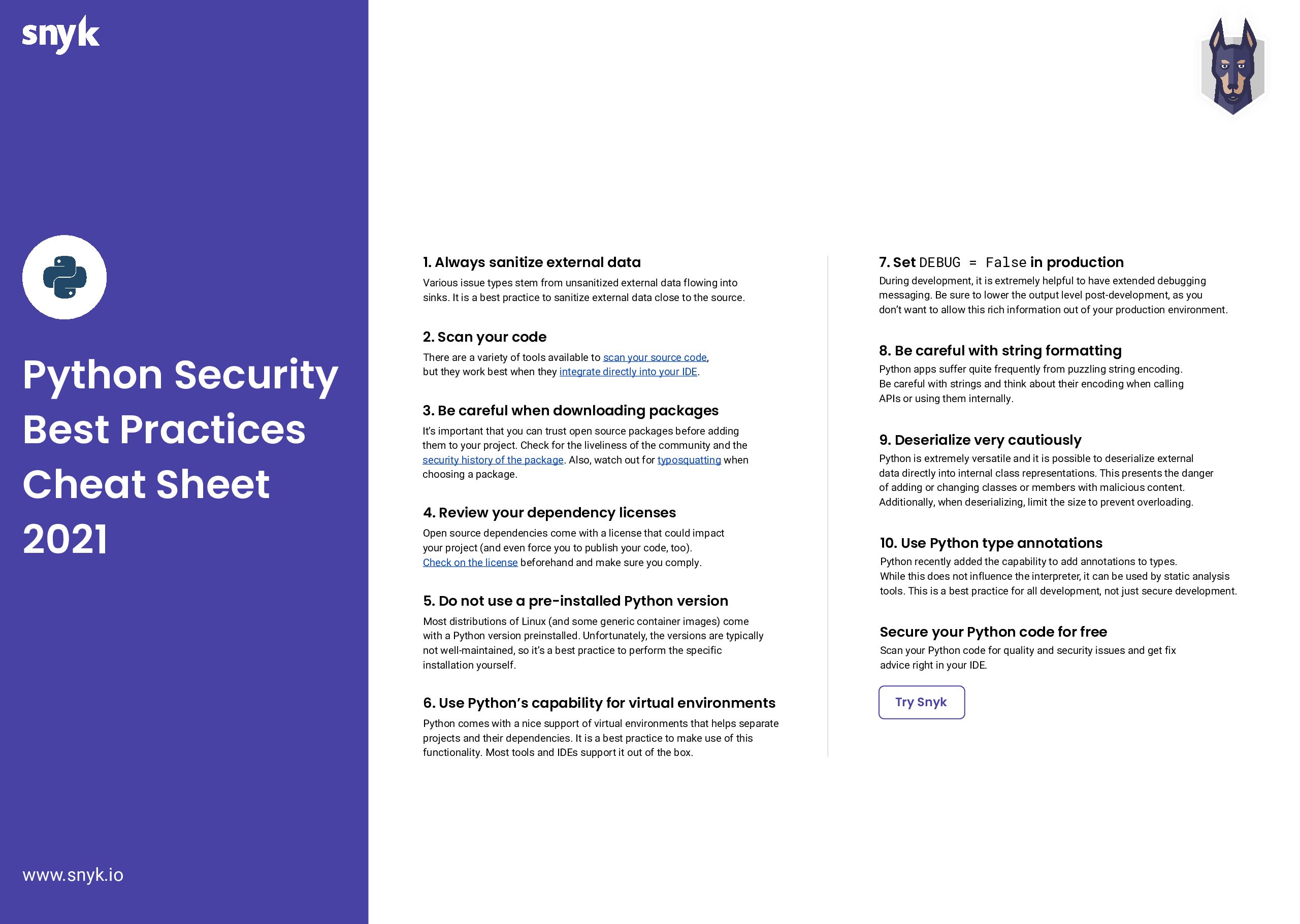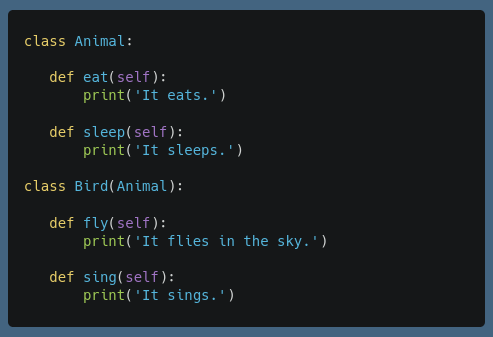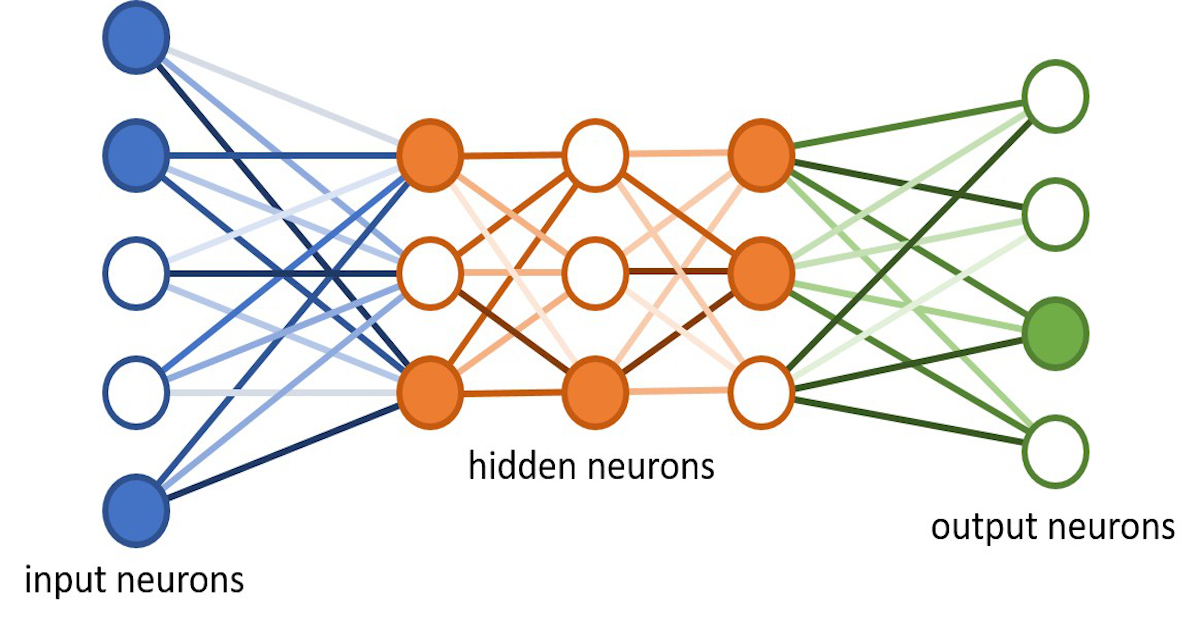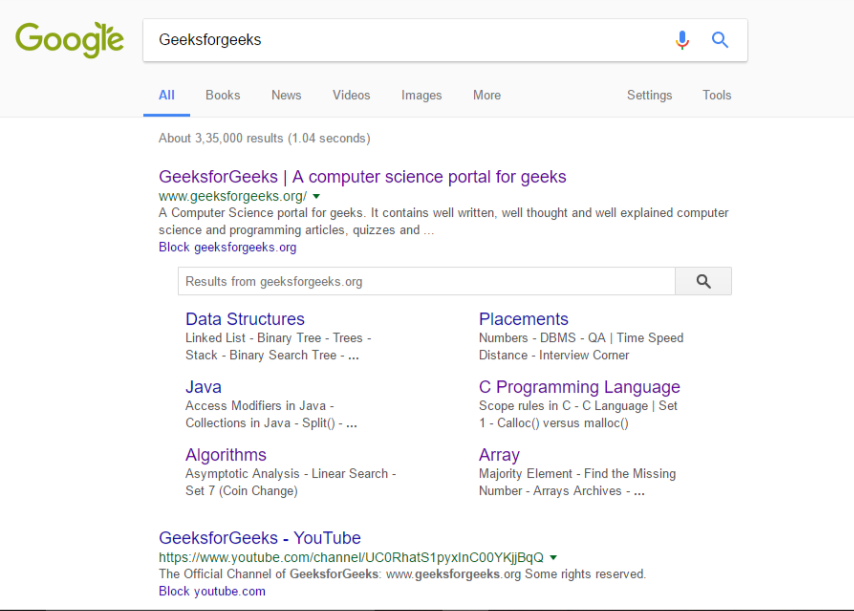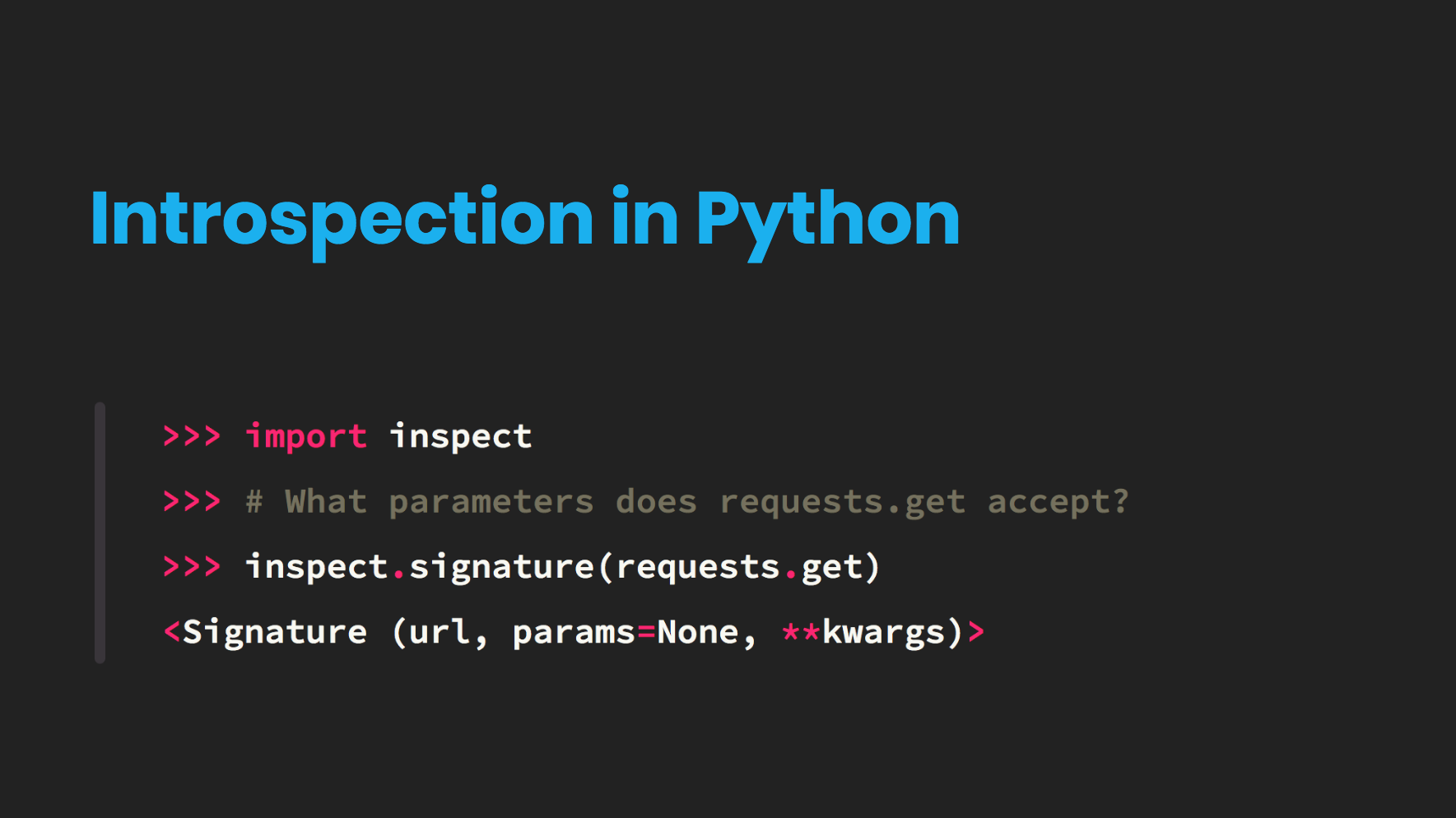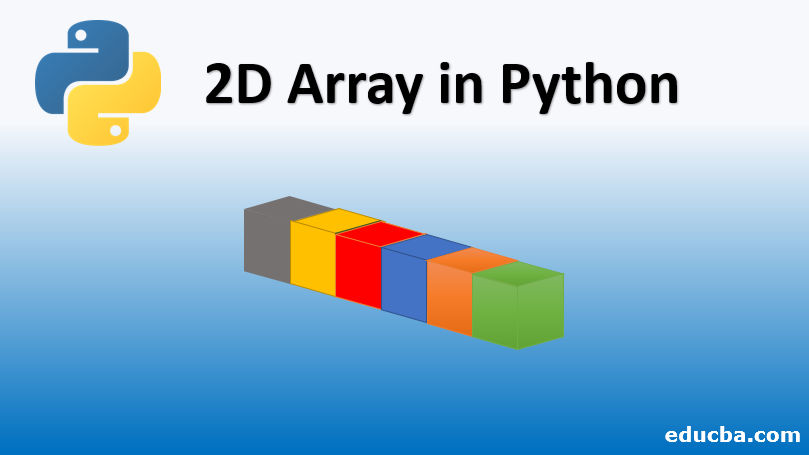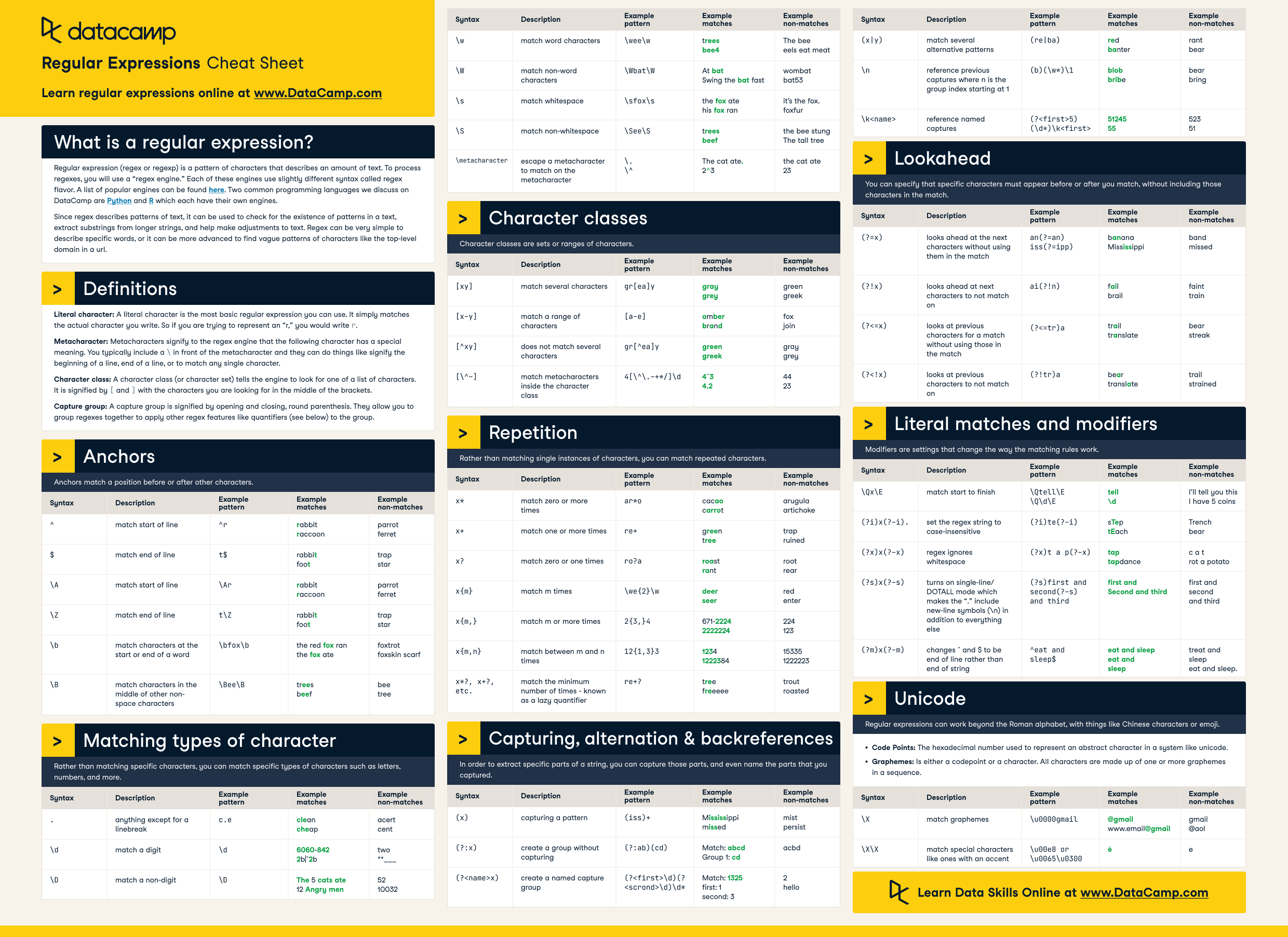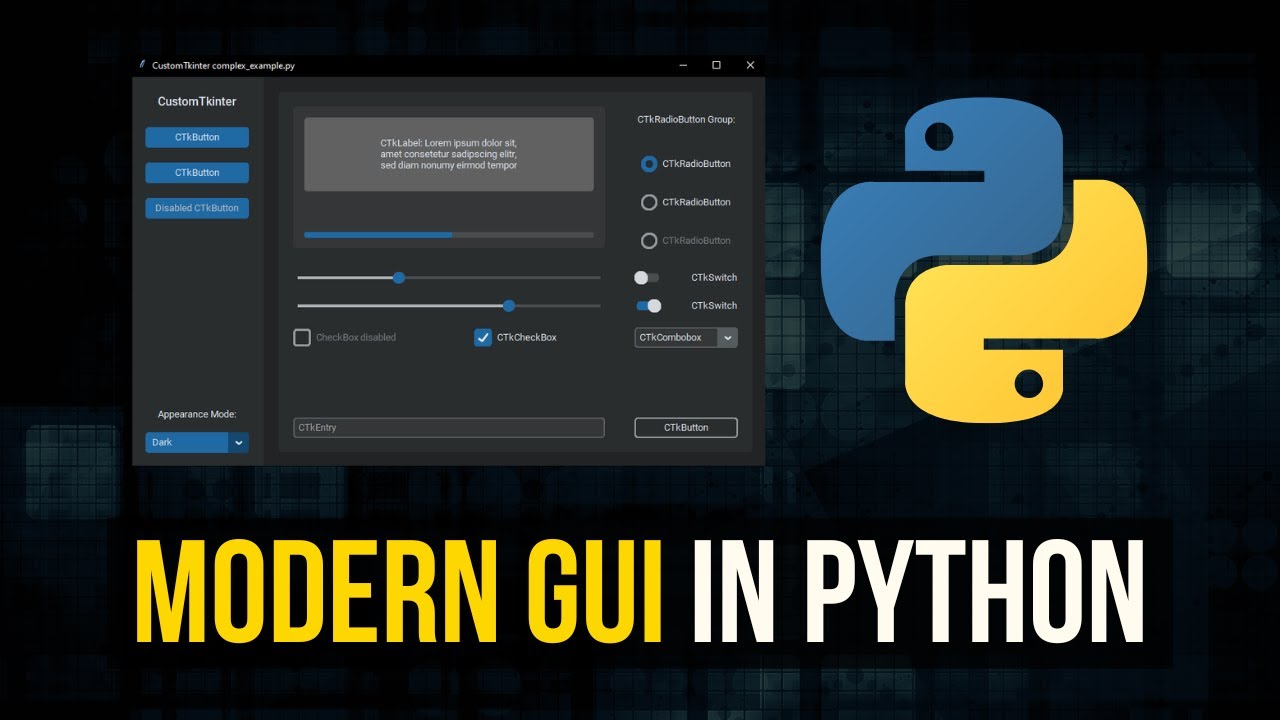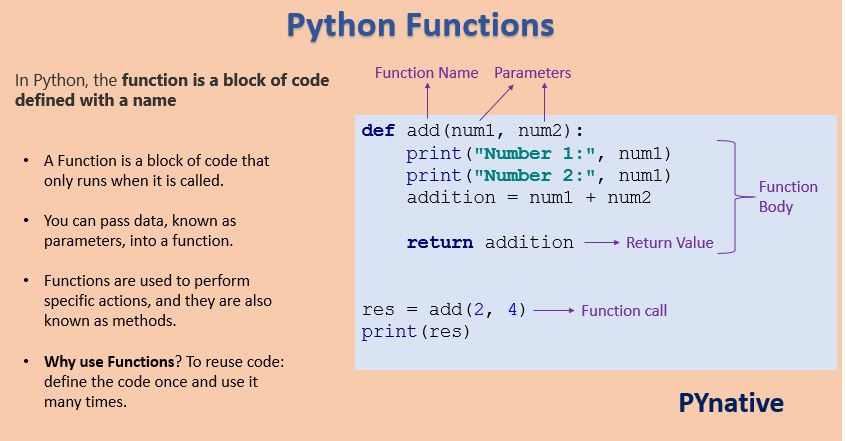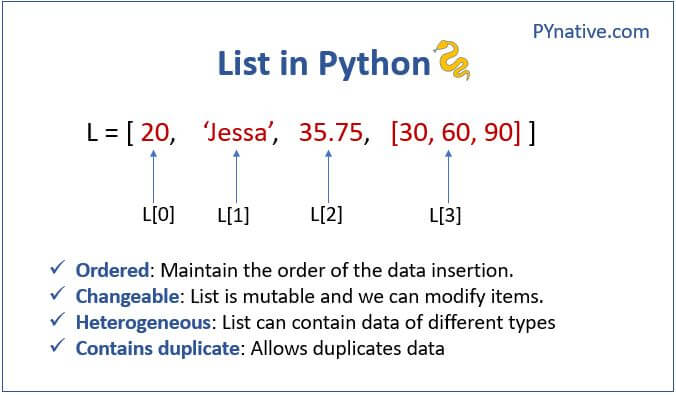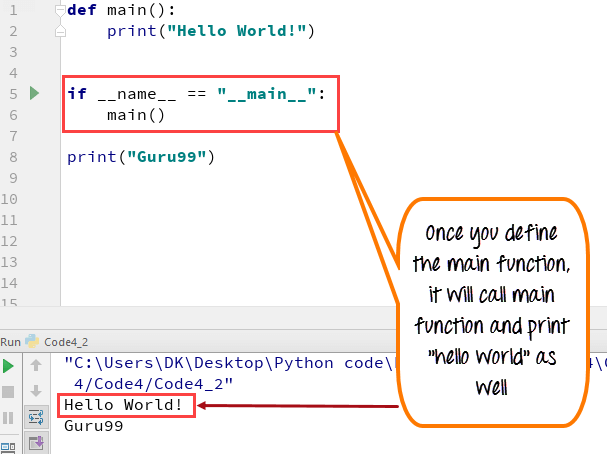What is a set comprehension in Python?
What is a set comprehension in Python?
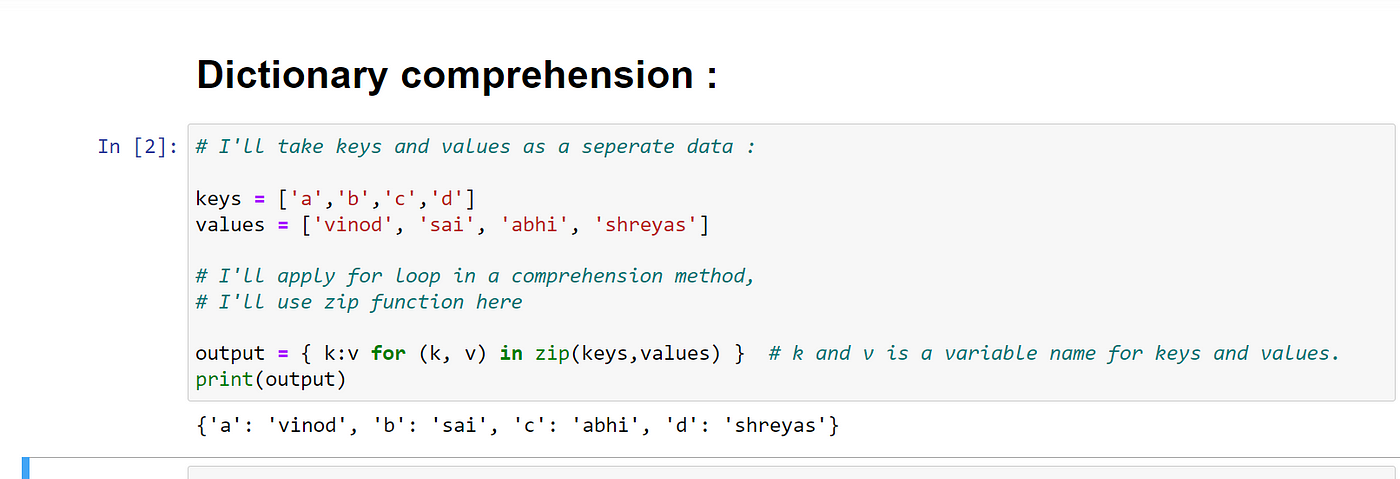
I'll respond in English as per your request.
A set comprehension in Python is a concise way to create a new set by iterating over another iterable (like a list, tuple, or dictionary) and performing some operation on the elements of that iterable. It's essentially a shorthand for creating a set using a loop.
The general syntax for a set comprehension is:
{ expression for variable in iterable }
Where expression is the operation you want to perform on each element of the iterable, and variable is the name given to each element in the iteration. The result will be a new set containing the results of applying the expression to each element.
Here's an example:
numbers = [1, 2, 3, 4, 5]even_numbers = {num for num in numbers if num % 2 == 0}
print(even_numbers) # Output: {2, 4}
In this example, we're creating a new set even_numbers by iterating over the list numbers, and including only the elements that satisfy the condition num % 2 == 0 (i.e., the even numbers). The result is a new set containing the even numbers from the original list.
Set comprehensions can be used to solve various problems, such as:
Filtering: Create a new set with only the elements that meet certain conditions. Transforming: Apply some transformation or operation to each element of an iterable. Combining: Combine multiple iterables into a single set. Aggregating: Perform aggregation operations, like summing or counting, on an iterable.Some benefits of using set comprehensions include:
Readability: Set comprehensions can make your code more readable by expressing complex logic in a concise way. Efficiency: They can be faster than equivalent loop-based implementations because they're optimized for performance. Flexibility: You can perform various operations on iterables, making set comprehensions a versatile tool in your Python toolkit.When to use set comprehensions:
When you need to create a new set by iterating over another iterable. When you want to apply some operation or filter to the elements of an iterable. When you want to create a concise and readable code snippet.In summary, set comprehensions are a powerful feature in Python that allows you to create sets using a syntax that's both readable and efficient. They're perfect for solving various problems involving iterables, and can make your code more expressive and maintainable.
Dictionary comprehension in Python
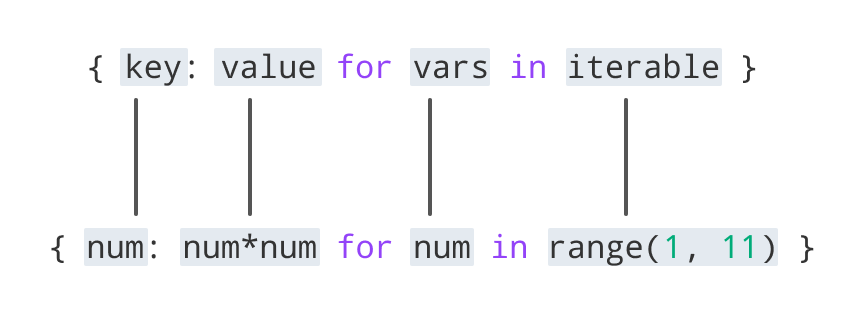
Here's an overview of dictionary comprehension in Python:
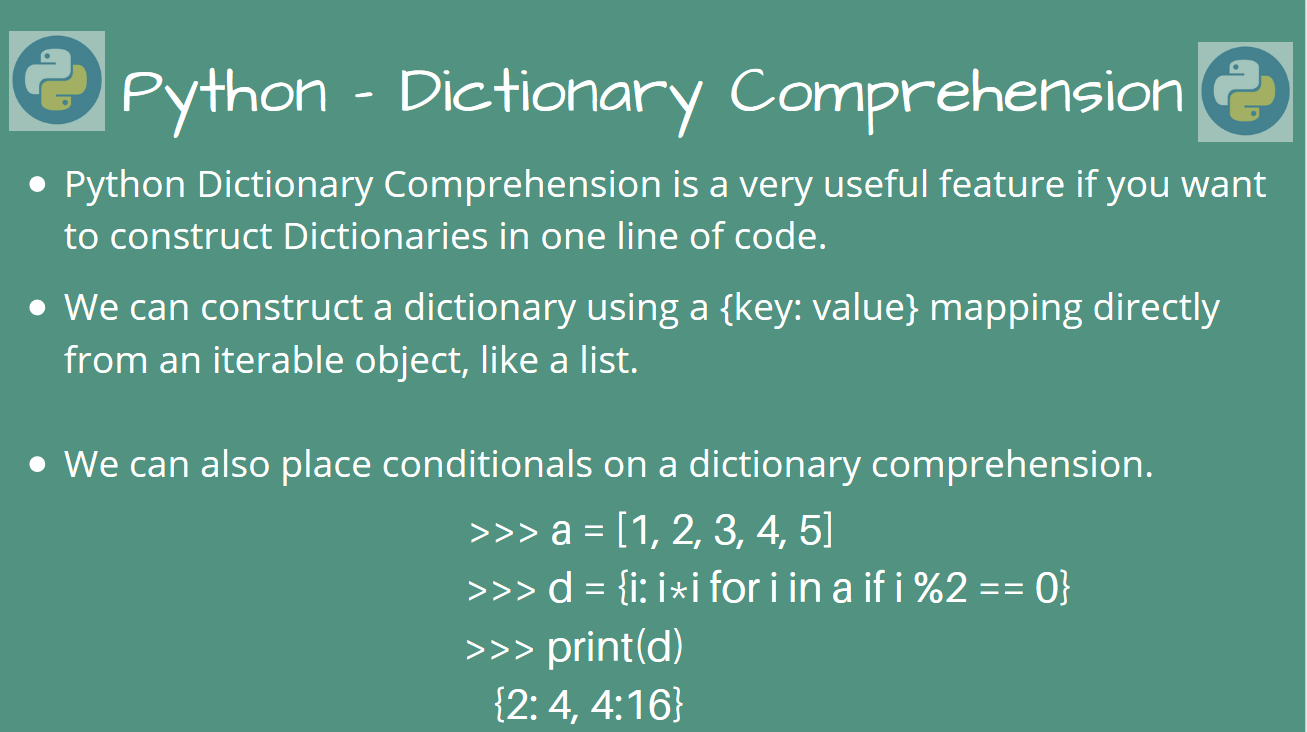
In Python, dictionaries are mutable data structures that map keys to values. A dictionary comprehension is a concise way to create a new dictionary from an existing one or multiple iterables. It's similar to list comprehensions, but for dictionaries.
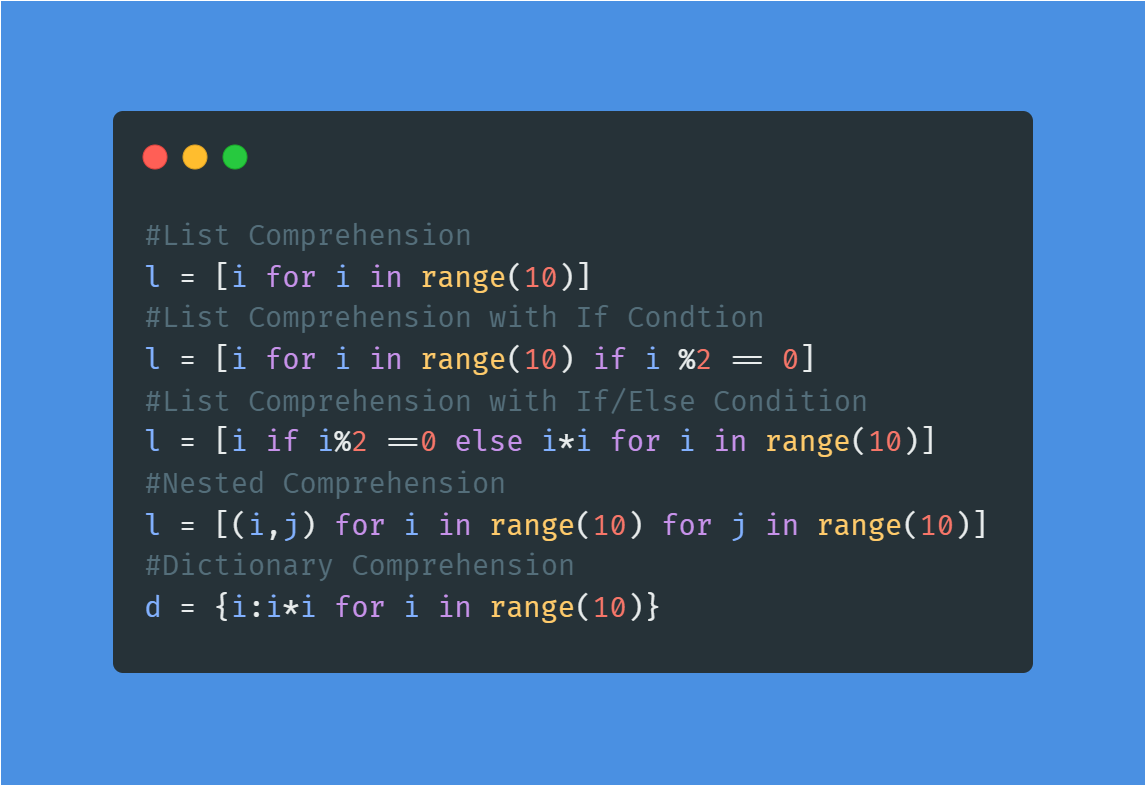
Basic Syntax
A basic dictionary comprehension has the following syntax:
{key: value for variable in iterable}
Where:
key and value are the key-value pairs that will be included in the new dictionary. variable is a temporary variable that takes on the values from the iterable. iterable is an iterable (such as a list, tuple, or set) that contains the data to be processed.
Examples
Here are some examples of using dictionary comprehensions:
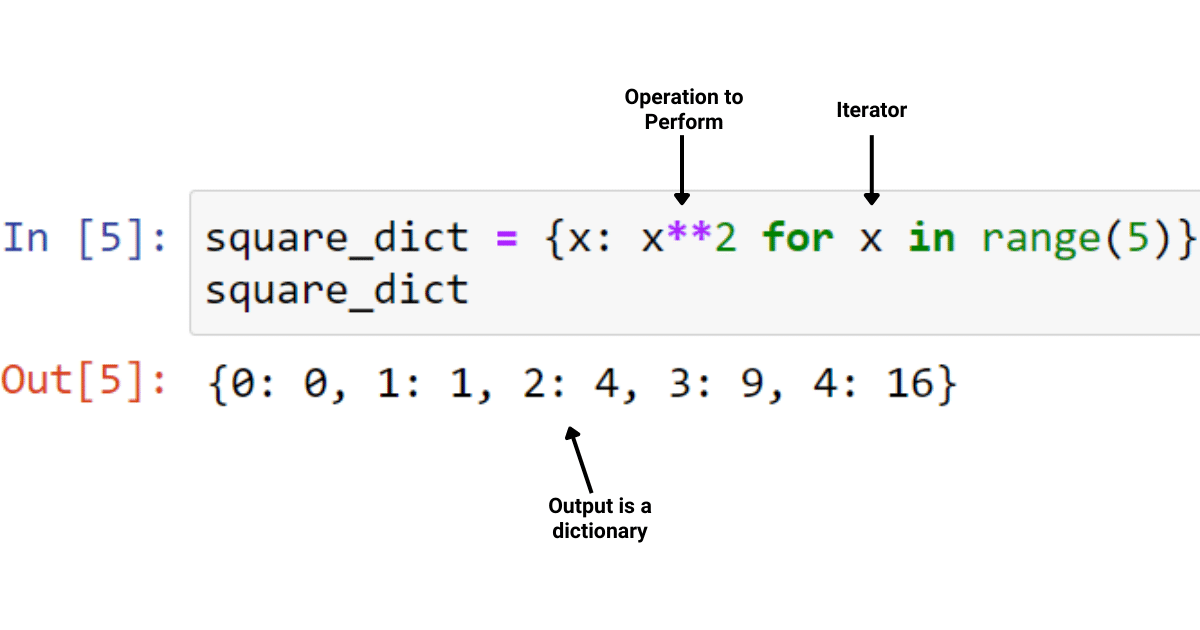
# Create a new dictionary with all the same key-value pairs
numbers = {'one': 1, 'two': 2, 'three': 3}
double_numbers = {k: v * 2 for k, v in numbers.items()}
print(double_numbers) # {'one': 2, 'two': 4, 'three': 6}
Create a new dictionary with only certain key-value pairs
fruits = {'apple': 1, 'banana': 2, 'cherry': 3}
juicy_fruits = {k: v for k, v in fruits.items() if v > 1}
print(juicy_fruits) # {'banana': 2, 'cherry': 3}
Create a new dictionary with transformed values
words = {'hello': 'Hello', 'world': 'World'}
uppercase_words = {k: v.upper() for k, v in words.items()}
print(uppercase_words) # {'hello': 'HELLO', 'world': 'WORLD'}
Create a new dictionary by combining multiple iterables
people = [('John', 25), ('Alice', 30)]
places = ['Home', 'Work']
addresses = {name: place for name, age in people for place in places}
print(addresses) # {'John': 'Home', 'John': 'Work', 'Alice': 'Home', 'Alice': 'Work'}
Advantages
Dictionary comprehensions offer several advantages over traditional dictionary creation methods:
Concise: Dictionary comprehensions are often more concise than traditional methods, making your code easier to read and maintain. Efficient: They can be faster than traditional methods because they avoid the need for explicit loops or indexing. Flexible: You can use dictionary comprehensions to create new dictionaries from a wide range of iterable types, including lists, tuples, sets, and even other dictionaries.Common Use Cases
Here are some common scenarios where dictionary comprehensions are particularly useful:
Data transformation: When you need to transform or filter data based on certain conditions. Merging dictionaries: When you need to combine multiple dictionaries into a single one. Creating new dictionaries: When you need to create a new dictionary from an existing one, but with modified or filtered data.I hope this helps! Let me know if you have any questions or need further clarification.
